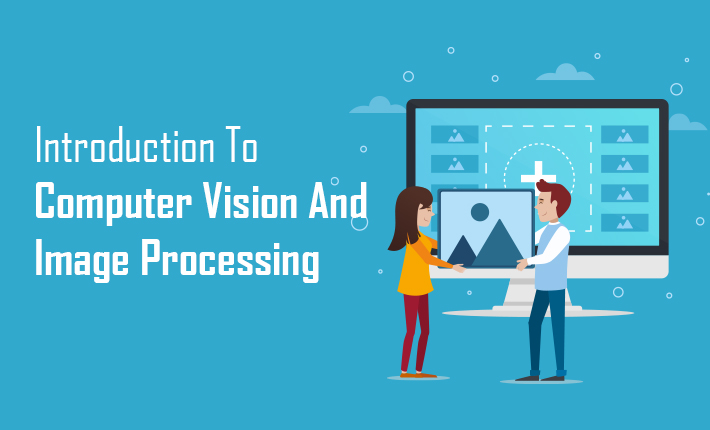Computer vision is an interdisciplinary field of study that focuses on enabling computers to interpret and understand the visual world. It encompasses a range of techniques and algorithms for processing, analyzing, and interpreting digital images and videos. Image processing is a subfield of computer vision that focuses on the manipulation and analysis of digital images.
Applications of Computer Vision and Image Processing
Computer vision and image processing have a wide range of practical applications in fields such as healthcare, transportation, security, and entertainment. Some examples of these applications are:
Medical Imaging: Computer vision and image processing are used to analyze medical images such as X-rays, CT scans, and MRIs. These algorithms can automatically detect abnormalities, segment organs and tissues, and quantify physiological parameters. This can help healthcare professionals to make more accurate diagnoses and provide more personalized treatment plans for their patients.
Autonomous Vehicles: Computer vision and image processing are being used to develop self-driving cars that can detect and recognize traffic signs, pedestrians, and other vehicles. These algorithms can analyze real-time images from cameras mounted on the vehicle and make decisions about how to navigate the environment.
Surveillance and Security: Computer vision and image processing are used to analyze surveillance footage and detect suspicious activity. These algorithms can automatically detect and track people and objects, recognize faces, and identify unusual behavior.
Entertainment: Computer vision and image processing are used to create more immersive experiences for viewers, such as augmented reality and virtual reality applications. These technologies can also be used in video games and special effects in movies and television.
Image Processing Techniques
Image processing involves a range of techniques for manipulating and analyzing digital images. Some of the most commonly used techniques are:
Filtering: Filtering is a process that modifies the intensity values of pixels in an image. This can be used to enhance certain features or remove noise from the image.
Segmentation: Segmentation is the process of dividing an image into multiple regions or objects. This can be used to identify different structures or objects in the image.
Feature Extraction: Feature extraction is the process of identifying specific features or patterns in an image. These features can be used to classify or recognize objects in the image.
Object Recognition: Object recognition is the process of identifying objects in an image and classifying them into different categories. This can be used in applications such as facial recognition or object detection.
Registration: Registration is the process of aligning multiple images of the same scene. This can be used to create panoramic images or remove motion artifacts from videos.
Deep Learning and Convolutional Neural Networks
Deep learning is a type of machine learning that uses neural networks to learn from large amounts of data. Neural networks are modeled after the structure and function of the human brain and consist of interconnected nodes that process and analyze data.
Convolutional neural networks (CNNs) are a type of neural network that are designed to analyze images and other visual data. CNNs are made up of multiple layers of interconnected nodes that process and analyze the image data, gradually building up a hierarchy of features.
The first layer of a CNN typically detects simple features such as edges and lines, while subsequent layers build up more complex features, such as shapes and textures. The final layer of the network is typically a fully connected layer that outputs a prediction of the object or pattern present in the image.
To train a CNN for image recognition, a large dataset of labeled images is needed. This dataset is used to train the network to recognize different patterns and features within the images. Once the network has been trained, it can be used to classify new images that it has not seen before.
Conclusion Computer vision and image processing are rapidly evolving fields with a wide range of practical applications. These technologies have the potential to transform many industries and improve our daily lives.

















Post Comments